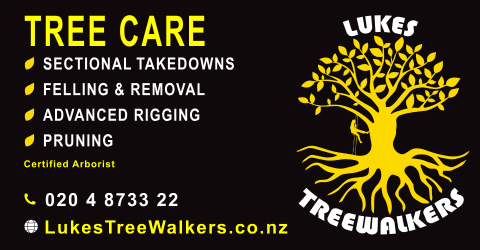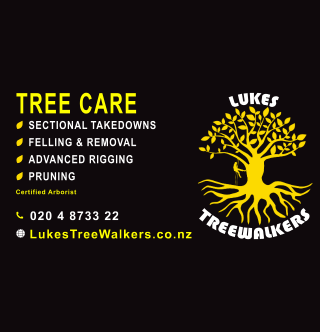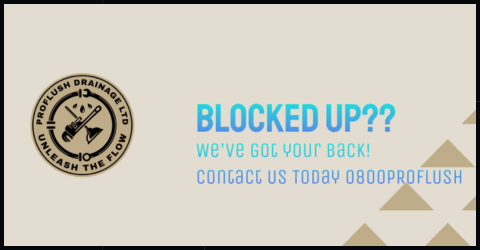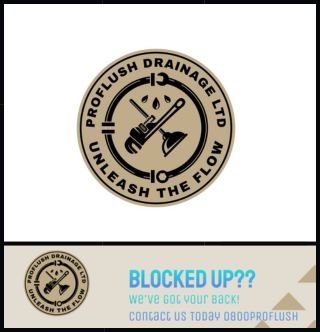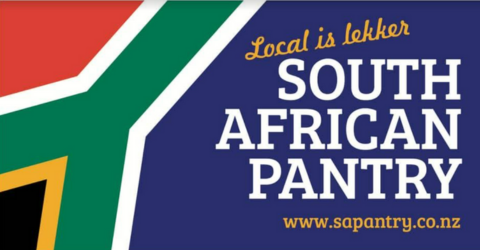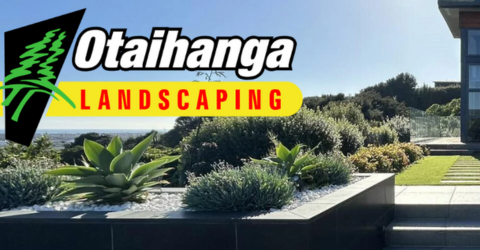Looking back over the past 25 years since the opening of the Kāpiti Marine Reserve on the 7th May 1992, its clear that there has been a sea change in community attitudes towards the protection of our unique marine environment.
Protecting more than 2200 hectares across three different habitat types, including parts of the largest known Rhodolith beds in the country, Kāpiti Marine Reserve is one of New Zealand’s biggest coastal reserves and is also the fourth oldest reserve in the country.
The establishment of the reserve was a remarkable achievement given the stiff opposition from a range of stakeholders at the time. It was the end result of 5 years of hard work, negations and compromise by the Department of Conservation, local Iwi and the wider Kāpiti community and was a testament to the spirit of kaitiakitanga that exists within the local community toward Kāpiti Island and the life giving moana that surrounds it.
Many of those who initially opposed the Kāpiti Marine Reserve application were quickly won over by the rapid and stunning return to abundance of previously exploited species such as blue cod, butterfish, paua and crayfish inside the reserve. When the first follow up fish surveys were done in the summers of 1998-2000, there was already a staggering 10-20 times more legal sized blue cod and butterfish inside the reserve than outside. Crayfish and paua numbers had doubled and were now much larger as well.
The obvious benefits that this increased abundance of marine life within the reserve provides to the wider community of marine users, including recreational, commercial and customary fishing stakeholders was there for all to see. More and larger fish inside the reserve meant much greater quantities of eggs and larvae were produced each spawning season, helping to repopulate the wider marine area and leading to a spill over of mature fish from the reserve areas into the unprotected waters surrounding the reserve.
Now, 25 years later, there are 44 marine reserves dotted around our coastline. Many of these marine reserves, like Goat Island and the Poor Knights, are providing important economic benefits to the local communities that established them, acting as major draw cards for overseas and local tourists, school groups and families wishing to get a glimpse of what our pristine marine environment was once like.
These marine reserves serve a vital role as wet classrooms, providing a yardstick against which we as a community can measure the health of our unprotected marine spaces. They also serve to guide the future management direction of our moana towards more and larger marine protected areas and as a consequence, towards a greater abundance and diversity of marine life, which future generations will thank us for.
I’m proud to be a part of a local community of marine users that had the vision and willingness to lead the way and sacrifice a few favorite fishing spots to ensure future generations can also enjoy the benefits and value that an abundant local marine environment adds to our experience of life on the coast.
For more on the Kāpiti Marine Reserve see: https://www.facebook.com/groups/GOKMR/



